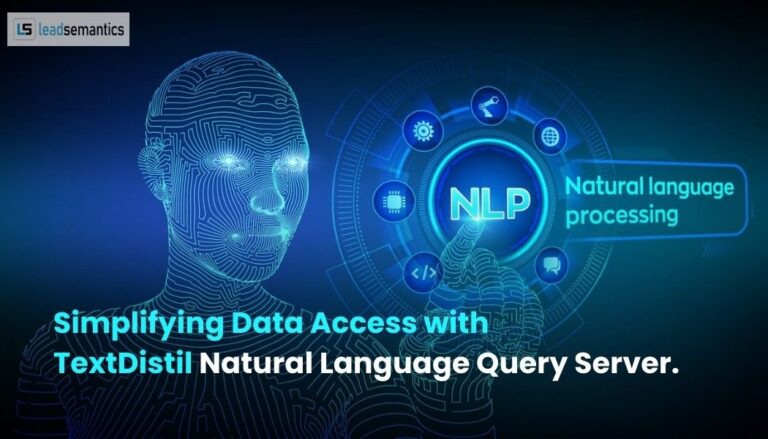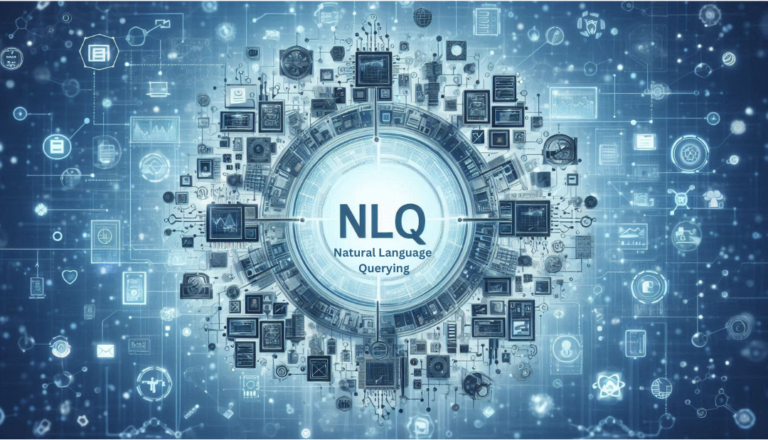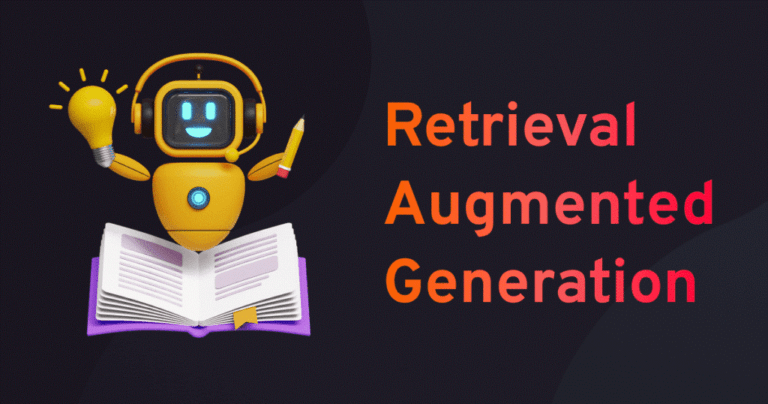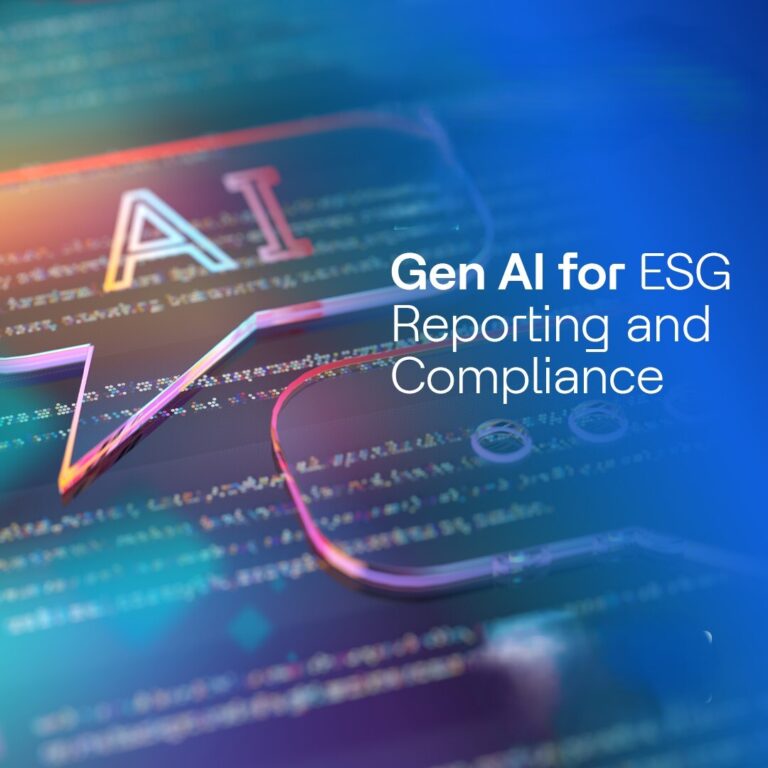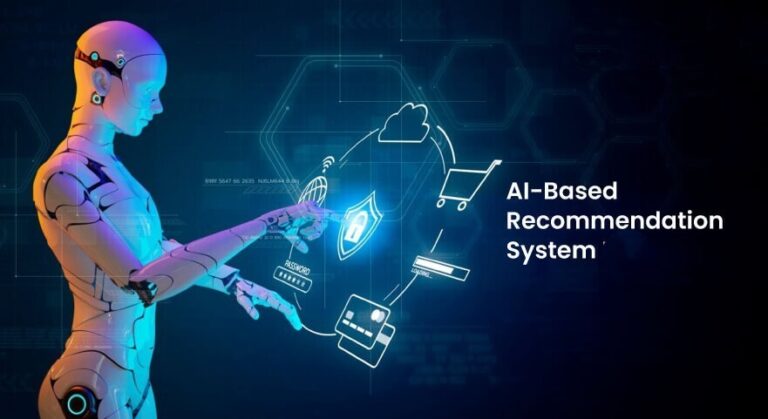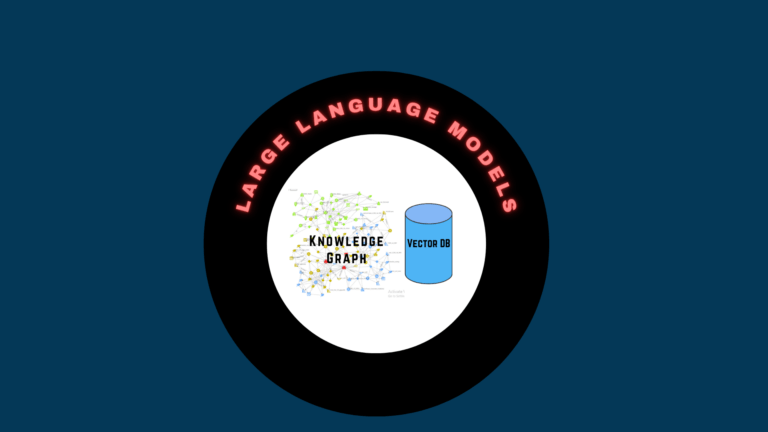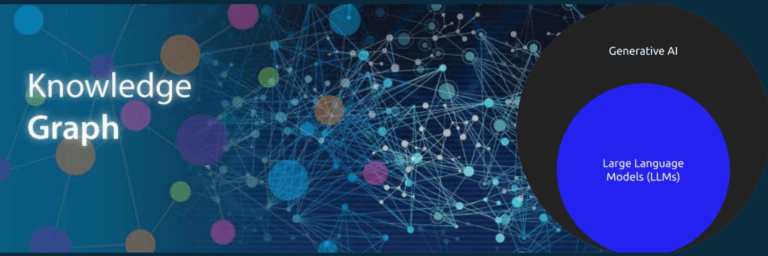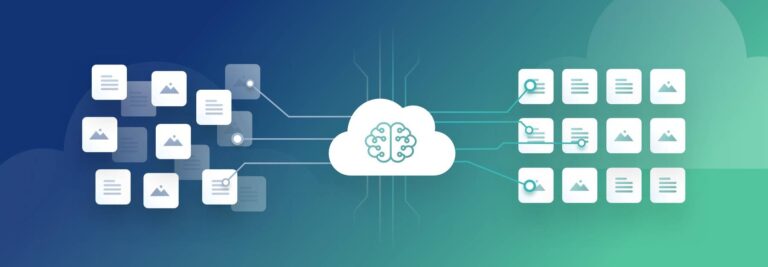Chat with Your Database Like a Co-Worker Using Natural Language Queries (NLQ).
As it stands, our databases are like aliens who speak obscure languages. One must painstakingly frame questions to get answers, using specialized query languages such as SQL, SPARQL, or GraphQL. The process is ineffective and impractical for non-technical business professionals who need the answers the most from these databases to fulfil their day to day operational tasks. Typically these complex technical languages are wrapped at enormous costs in Graphical User Applications in trying to make them easier. But, in reality they pack layers of screens and specific interaction sequences that make them no more easier than the esoteric languages they are meant to replace!
Over the last year novel uses of Generative AI coupled with Semantic technologies has resulted in ground breaking new applications. One innovative application – ‘Natural Language Query’ frees users to ask the database questions in plain English just as you would a friend or co-worker and get back the desired answers!
Natural Language Query solution replaces the complex specialized queries with plain English statements for simple queries to complex Business Intelligence and Reporting queries.
Relevant and timely data in business professionals’ hands are a springboard to informed and profitable operational decisions. Yet, till today business professionals are unable to take full advantage of available data as they remain foreign to the complex database query languages and user interface applications. English as a query language would empower the business professionals to stop wasteful reliance on the already overstretched IT departments, all the while benefiting from the easy access to data, fueling unprecedented business productivity.
The Complexity of Modern Database Protocols.
Modern databases are based on complex protocols and their corresponding query languages with complex syntax and semantics. SQL, NoSQL, SPARQL, OData, and GraphQL are the types of database query languages that are prevalent in enterprises. Access to data stored in these databases is not easy for the non-technical users at any level. Here’s a look at some of those protocols:
1. SQL (structured query language):
Examples of databases that are based on SQL are MySQL, PostgreSQL, and MSSQL Server. SQL is a highly technical, low level, declarative language designed for manipulating tables, rows, and columns. SQL queries are one of the most common and widely used data access interfaces in the world today, but writing them requires engineering knowledge of relational algebra, joins, aggregations, filtering conditions, etc.
2. SPARQL (SPARQL Protocol and RDF Query Language):
SPARQL is the RDF query language for querying RDF (Resource Description Framework) data stores. It is more difficult to use than SQL since it includes pattern matching of triples (subject, predicate, object) over big information graphs. SPARQL and RDF have complicated syntax and character sequences that are definitely not accessible to business users
3. GraphQL:
GraphQL is an API query language that enables clients to declare precisely the data that they want access to. Though more flexible than REST APIs, GraphQL queries require in-depth knowledge of schema design and design of relationships between data entities. It is out of reach for business users.
4. OData (Open Data Protocol):
OData (Open Data Protocol) is used to query data exposed via web APIs. It has its own JSON (JavaScript notation) based syntax for filtering, sorting or paging data on different platforms through various methods. Getting data from external services can be even more cumbersome in this way.
For end users or even technical users not knowing these protocols, querying the data from these databases is a pain. Because complex queries increasingly depend on understanding multi-step processes, relationships among data tables or API call specifications. It is next to impossible for someone not versed in that technology to engage without IT support (or special purpose Graphical interface applications) with these databases for meaningful access to data.
Solution: Natural Language Query Solution (NLQS)
Enter Natural Language Query Solution (NLQS) – It puts a natural language interface between users and the underlying complex database protocols. NLQs works wonders to let users just speak plain English to interact with databases without needing to know query structure, joins, or filtering conditions and other protocol specific esoteric knowledge.
Natural Language Query solution converts human language into structured queries so that database systems can understand them.
For example, instead of writing a query like:
SELECT name, department FROM employees WHERE hire_date >= ‘2023-01-01’;
A user can simply ask, “Show me all the employees hired in 2023,” and the NLQS handles the translation into SQL or whatever query protocol the database requires.
NLQS Simplifies Database Access and touts the following benefits
1. ZERO learning curve: As the language of interaction with the databases is plain English there is no training necessary. End business users can directly interact with the databases for all their data needs as and when they need within their decision cycles!
2. Protocol Abstraction: NLQS decouples the complexities of the underlying database query languages. Your data might be on an SQL database, a SPARQL endpoint, a GraphQL API or supports OData APIs (as in SAP). NLQS collates and integrates answers as necessary for questions against multiple, different databases!
3. Minimizing Human Errors: Manually writing these complex queries is error-prone. If joined incorrectly, filtered with wrong conditions or there is a fault in syntax of query, they can easily get distorted. NLQS eliminates these risks by auto-generating query syntax to avoid write syntax errors.
4. Faster Data Retrieval: Users no longer need to learn query languages or go to IT personnel, which makes fast turn-arounds for the data retrievals. NLQS provides decision makers, analysts, and managers with immediate access to relevant data.
5. Scalability Across Databases: NLQS solutions can interconnect every kind of database independent of protocols, simple SQL databases or graph databases such as Neo4j or even Semantic Graph databases. This will ensure that all information systems will be brought together under the same access mechanism for the business users.
6. Data Democratization: NLQS democratizes business data within an entire organization lowering IT dependency, so that HR, Finance, Marketing, and Operations teams can collaborate by directly interacting with data for better insights resulting in profitable decisions for the organization.
Technical Benefits of Using NLQS:
– API Integration: It effortlessly connects with databases through APIs to get data access for real-time data.
– Query Optimization: Automatic generation of queries implements best know-how and practice in engineering to produce the optical query for performance.
– Cross-Protocol Support: It is designed to operate across SQL, NoSQL, SPARQL, and GraphQL databases without having to switch query languages.
– Human-Error Minimization: Drastically minimizes syntax and query construction errors in queries.
– Improved Collaboration: It allows a non-techie user to query against any data of his/her own choice and thus promotes communication between different teams.
To learn more, visit www.leadsemantics.com or email info@leadsemantics.com.

